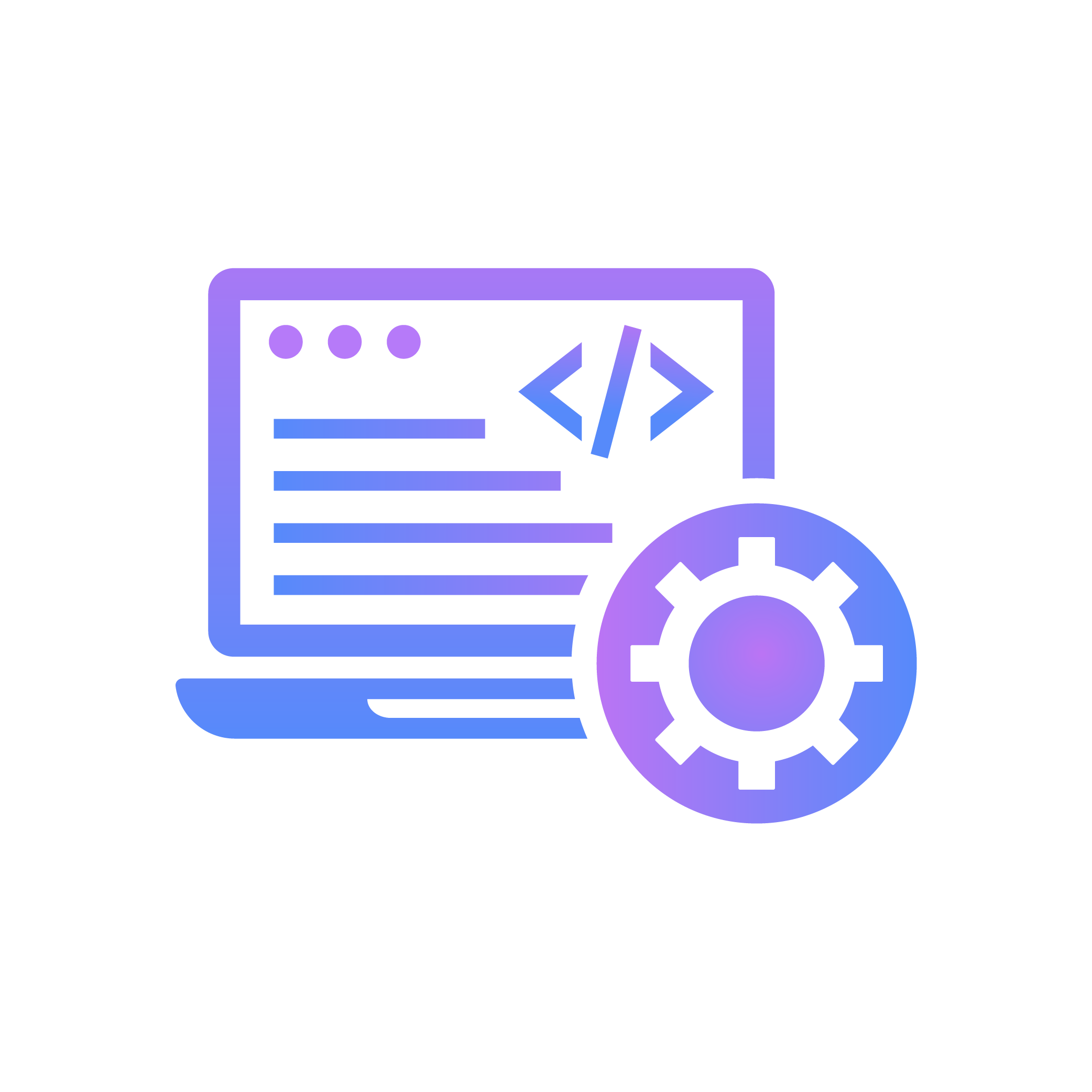WordPress Security Best Practices

WordPress Security Best Practices
WordPress powers over 40% of the web, making it a prime target for malicious actors. Implement these security measures to protect your site:
Strong Authentication
Use strong, unique passwords for all user accounts, especially admin accounts. Implement two-factor authentication (2FA) for additional protection.
Regular Updates
Keep WordPress core, themes, and plugins up to date. Security vulnerabilities are frequently discovered and patched in updates.
Reliable Hosting and Backup Solutions
Choose a hosting provider with robust security measures. Implement regular automated backups to ensure you can restore your site if compromised.
Security Plugins
Install reputable security plugins that offer features like firewall protection, malware scanning, and login attempt monitoring.
File Permissions
Set appropriate file permissions for your WordPress files and directories. Incorrect permissions can create security vulnerabilities.
Database Security
Use strong database passwords and consider changing the default database prefix during installation to make attacks more difficult.
By following these security practices, you'll significantly reduce the risk of your WordPress site being compromised and ensure a secure experience for your visitors.